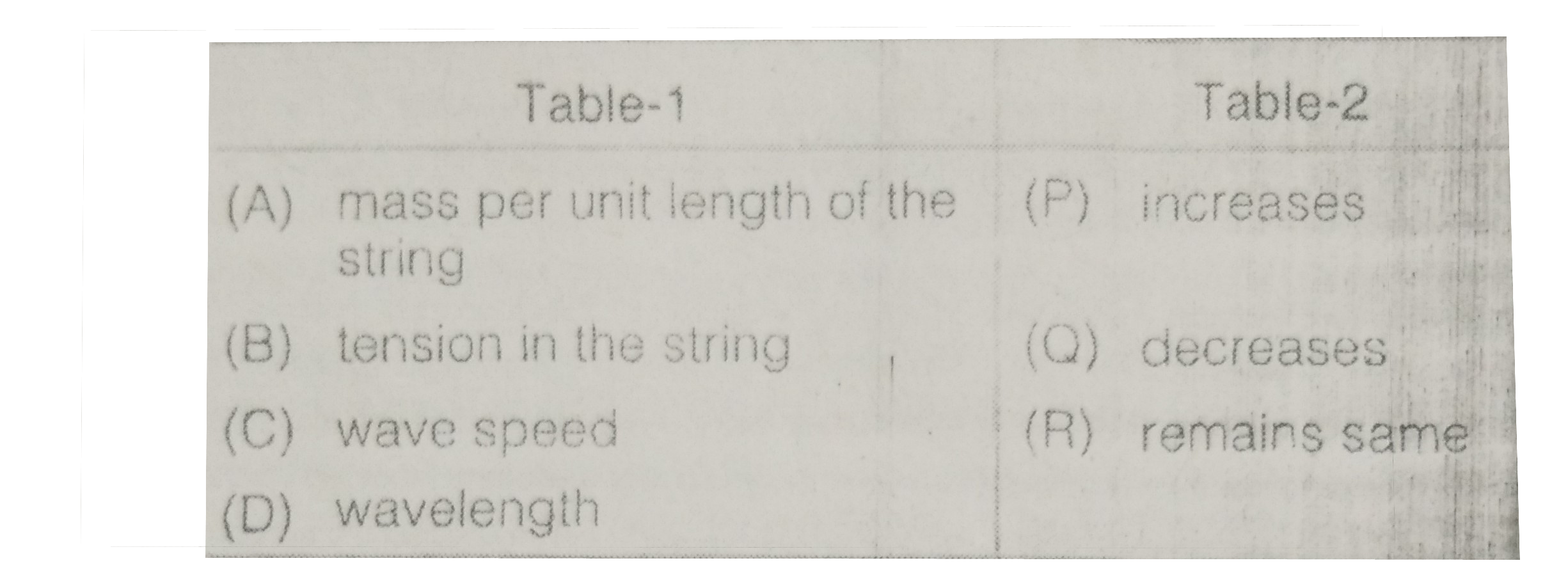The roots that have swellings at regular 'intervals are called
nodulose
fasciculated
moniliform
tuberous
Step-by-Step Solution:
1. Understanding the Question: The question asks for the type of roots that have swellings at regular intervals.
2. Identifying Root Types: There are several types of roots that can be considered:
- Tuberous roots
- Fasciculated roots
- Moniliform roots
- Annulated roots
- Nodular roots
3. Analyzing Each Root Type:
- Tuberous Roots: These roots are swollen but do not have a regular interval of swellings. They typically grow as a single swollen structure.
- Fasciculated Roots: These roots form a cluster of adventitious roots that store food but do not have swellings at regular intervals.
- Moniliform Roots: These roots have swellings at regular intervals, giving them a beaded appearance. They are swollen at specific points along the root length.
- Annulated Roots: These roots appear like discs stacked on top of each other but do not have swellings at regular intervals.
- Nodular Roots: These roots swell like single beads but do not have a consistent pattern of swelling along their length.
4. Conclusion: Based on the analysis, the type of roots that have swellings at regular intervals is called Moniliform Roots.
5. Final Answer: The roots that have swellings at regular intervals are called Moniliform Roots.
---
- Tuberous roots
- Fasciculated roots
- Moniliform roots
- Annulated roots
- Nodular roots
- Tuberous Roots: These roots are swollen but do not have a regular interval of swellings. They typically grow as a single swollen structure.
- Fasciculated Roots: These roots form a cluster of adventitious roots that store food but do not have swellings at regular intervals.
- Moniliform Roots: These roots have swellings at regular intervals, giving them a beaded appearance. They are swollen at specific points along the root length.
- Annulated Roots: These roots appear like discs stacked on top of each other but do not have swellings at regular intervals.
- Nodular Roots: These roots swell like single beads but do not have a consistent pattern of swelling along their length.
Topper's Solved these Questions
- MORPHOLOGY OF FLOWERING PLANTS BOOK - ICSECHAPTER - MORPHOLOGY OF FLOWERING PLANTS EXERCISE - REVIEW QUESTIONS (II. MATCH THE FOLLOWING)
1 Videos
- MORPHOLOGY OF FLOWERING PLANTS BOOK - ICSECHAPTER - MORPHOLOGY OF FLOWERING PLANTS EXERCISE - REVIEW QUESTIONS (III. DIFFERENTIATE BETWEEN THE FOLLOWING)
18 Videos
- MORPHOLOGY OF FLOWERING PLANTS BOOK - ICSECHAPTER - MORPHOLOGY OF FLOWERING PLANTS EXERCISE - Ncert Exercises (Differentiate Between )
21 Videos
- MORPHOLOGY AND ANATOMY OF DIFFERENT SYSTEM OF COCKROACH BOOK - ICSECHAPTER - MORPHOLOGY AND ANATOMY OF DIFFERENT SYSTEM OF COCKROACH EXERCISE - Long Answer type Questions
6 Videos
- NEURAL CONTROL AND CO-ORDINATION BOOK - ICSECHAPTER - NEURAL CONTROL AND CO-ORDINATION EXERCISE - NCERT EXERCISES WITH ANSWER (DIFFERENTIATE BETWEEN)
11 Videos
Similar Questions
Knowledge Check
Plants growing in swamps have roots that grow vertically upwards like conical spikes and have aerating pores. Such roots are called
ApneumatophoresBmycorrhizalCconicalDassimilatory.
Which of the following is distributed at regular intervals on the tropomyosin ?
View SolutionAssertion A pulsar is a source of radio waves that varies in intensity at regular intervals
Reason A pulsar is a rotating neutron star
View SolutionA string is suspended from the ceiling. A wave train is produced at the bottom at regular interval. As the wave moves upwards

View SolutionUreter of male Frog has a swelling called vesicular seminalis. It
View SolutionWith reference to the cultivation of tea answer the following :
Why tea bushes have to be pruned at regular intervals ?
View SolutionAn aquatic plant was placed in a test tube containing water. The tube was then stopered and left outdoors for 24 hours. The pH value of water was measured at regular intervals. What must have been the result?
View SolutionAccording to modern periodic law the elements with similar chemical and physical properties repeat at regular intervals when the elements are arranged in order of :
View Solution
